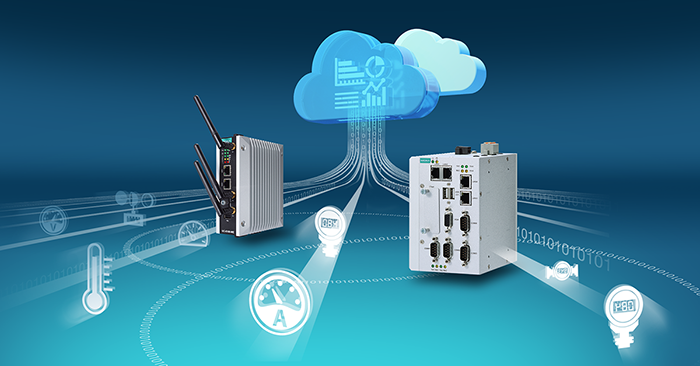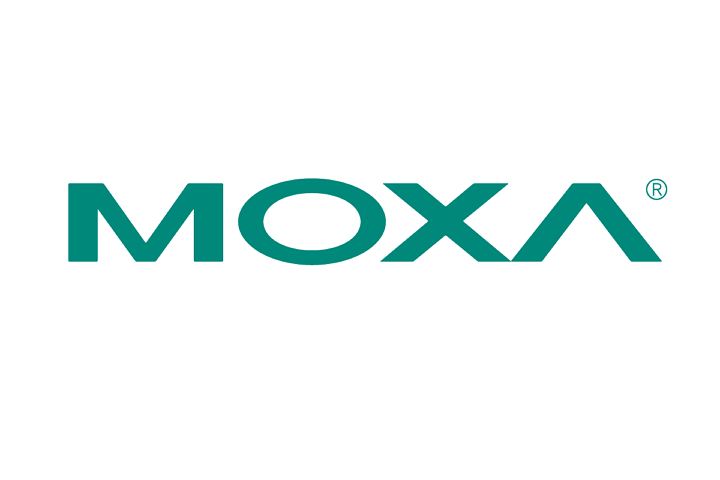Edge Computing is assisting Industrial Internet of Things (IIoT) systems in processing data immediately and nearer to the data source, consequently decreasing latency and communication expenses.
Empowering the IIoT Edge Devices with Cloud Computing
A revolutionary computing model that fosters autonomous edge nodes is transforming the IIoT environment. Edge nodes serve as data aggregation points in an IIoT system where the physical sensors and actuators interact with computational resources like IIoT gateway computers. This innovative computing model relies on fortified edge nodes equipped with local storage, processing capabilities, and enriched with machine-learning algorithms that empower them to process data locally and make prompt process-related decisions. An intelligent edge node:
- Facilitates swift decisions while adhering to local identity management and access control policies
- Safeguards data in proximity to its origin
- Diminishes communication expenses
Edge computing is the fusion of edge computing bolstered by machine-learning or self-learning algorithms, sophisticated networking features, and comprehensive security. Here, we outline four key components of a sound edge computing solution.
1. Decentralized Data Processing
The vast datasets accumulated at the network’s edge can rapidly lose their significance. Hence, it is crucial to process the data promptly and extract valuable insights from it. Critical systems such as healthcare and factory monitoring necessitate accurate data measurements and real-time decisions. Transmitting data from the edge to the cloud, apart from being time-intensive, may result in data corruption and processed data lacking essential context. For these reasons, the edge node should possess the capability to process data locally, with only crucial information forwarded to the cloud for constructing data models. Edge nodes equipped with local storage and processing capabilities maintain data close to its origin.
2. Immediate Decision-Making at the Edge
Edge computing enables instantaneous decision-making at the edge nodes. By enabling analytics at the edge node, decision latency can be significantly minimized. Local or cloud-developed machine-learning or self-learning algorithms can be deployed at the edge to render the edge nodes independent for swift decision-making.
3. Reliable Edge-to-Node Communication
Data integrity is pivotal in the edge-computing model as crucial decisions are taken at the edge-node level. Data sensed and measured by the edge devices proves futile if communication between the devices and the edge node is inconsistent. No compromise on data loss or corruption can be accepted since the edge node is entrusted with crucial process-related decisions. Other communication aspects to consider include range, bandwidth, device-to-device communication, supported communication protocols, and powering edge devices. An efficient edge network is one that is optimized for wireless sensor communication.
4. Fortified Edge Security
The lifespan of an IIoT system often exceeds traditional computing systems. Most edge devices remain in operation even decades after deployment. While servers and PCs are complex enough to support security measures, IIoT nodes typically exhibit low power consumption and processing capabilities. Edge-computing solutions equip the edge node with local storage and processing prowess. With these advancements, a diverse array of software and hardware solutions emerge to secure the edge devices and nodes. Security measures employed for safeguarding edge nodes include end-to-end encryption, intrusion prevention systems (IPS), and external hardware security leveraging a trusted platform module (TPM). Given that edge nodes are the gateway to the physical world, a compromised edge device or node jeopardizes not merely data but also exposes vulnerabilities to malicious actors. Cyber attackers could potentially exploit unsecured edge nodes and devices to disrupt industrial operations or halt equipment, leading to financial losses and potentially life-threatening scenarios.

Moxa’s Resolution
Moxa’s IIoT Edge Gateway assortment comprises cloud-ready edge computers tailored for IIoT applications to enable robust, secure data processing, and transmission. For further information about Moxa’s cloud-ready IIoT Edge Gateways, kindly visit our website.
To access our white paper on edge computing, kindly click here.
- Not Only for Automobiles: Discovering CANbus Technology in Various Industrial Settings - October 29, 2024
- Boost Your Network Performance: An Exciting Manual to PoE Switches! - September 10, 2024
- Understanding Gigabit Switches: Industrial vs Regular Gigabit - September 4, 2024


